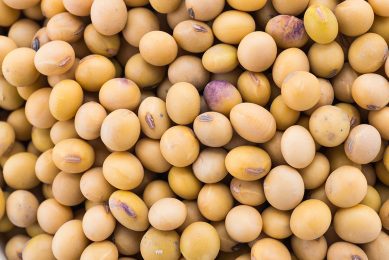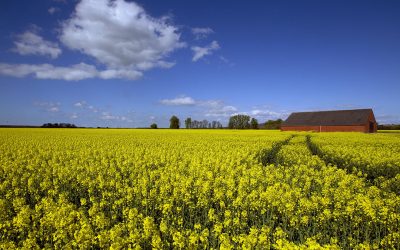Banco do Brasil signs zero deforestation pact for Amazon soy
Brazil’s largest state-owned bank, Banco do Brasil, announced it has joined a zero deforestation pact for soy grown in the Amazon. The bank will now require farmers applying for credit to certify the origin of their soybeans.
The soy moratorium was established in 2006 by the Brazilian Association of Vegetable Oil Industries (ABIOVE) and the National Association of Cereal Exporters (ANEC), bodies that account for 92% of Brazil’s domestic market, in response to a campaign by Greenpeace.
The campaign linked animal feed used by fast food chains, supermarkets, and retailers in Europe to deforestation in the Brazilian Amazon.
The response was immediate. The largest soy players—whose vast portfolio of commodities are sold globally—agreed to a moratorium on soy grown on newly deforested lands that has changed the way commodities are produced in the Amazon.
Effective control
The moratorium has been extended every year since and has shown to be effective at reducing direct forest clearing for soy production. Registered properties are monitored via satellite, airplane flyovers, and on-the-ground visits for compliance.
The move by Banco do Brasil, will also require properties to be certified before it extends credit to fund reforestation projects to bring properties up to the country’s forest code, which requires landowners in the Amazon to maintain 80% forest cover.
The move effectively forces landowners to meet certification criteria, including having an environmental plan in place, in order to be compliant with the law.











